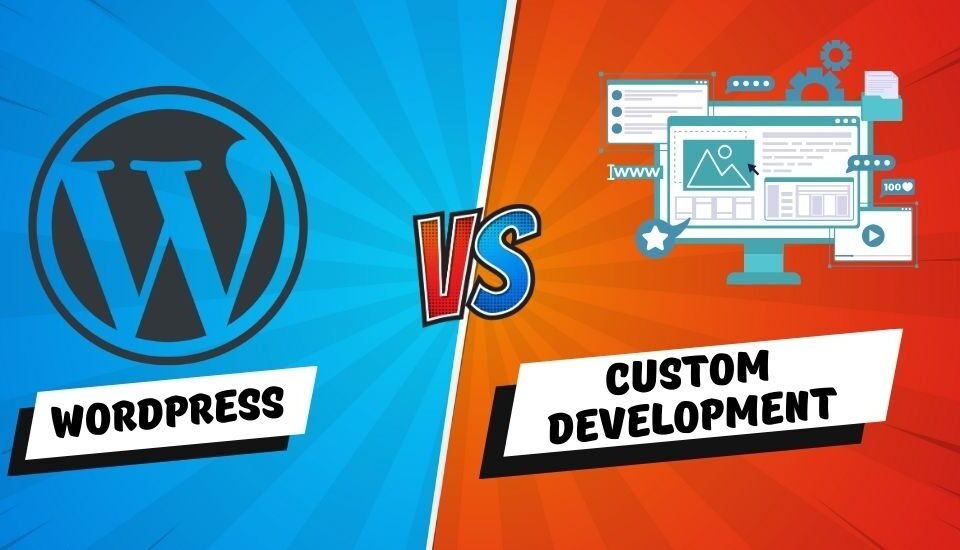- Have any Query ?
- +91-7008562317
- +91-9438140285
- webmaster@sitsindia.co.in
Digital Marketing Guide for Doctors in India

Outlines
- Introduction to Digital Marketing for Doctors in India
- Understanding Your Target Audience
- Building a Strong Online Presence
- SEO Strategies for Doctors
- Content Marketing for Medical Professionals
- Utilizing Social Media Effectively
- Online Reputation Management
- Paid Advertising Strategies
- Email Marketing for Patient Retention
- Analyzing and Improving Your Digital Marketing Efforts
- Legal and Ethical Considerations in Digital Marketing
- Case Studies: Successful Digital Marketing Campaigns by Doctors in India
- Future Trends in Digital Marketing for Doctors
- Conclusion: The Way Forward for Indian Doctors in Digital Marketing
- FAQs
Introduction to Digital Marketing for Doctors in India
In today’s digital era, the medical field in India is rapidly evolving. With an increasing number of patients turning to the internet for health information and services, digital marketing has become an essential tool for doctors. This guide will explore how Indian doctors can effectively use digital marketing strategies to enhance their practice and connect with patients.
Understanding Your Target Audience
The first step in any successful digital marketing campaign is identifying your target audience. For doctors in India, this means understanding the demographics of their patients, including age, location, and health needs. Personalizing your digital marketing efforts to meet the specific needs of your patients can significantly improve engagement and trust.
Building a Strong Online Presence
In the digital age, a strong online presence is crucial. This starts with a professional website that is easy to navigate and provides comprehensive information about your services. Additionally, an active presence on social media platforms like Facebook, Twitter, and LinkedIn can help you connect with a broader audience.
SEO Strategies for Doctors
Search engine optimization (SEO) is vital for making your website visible to potential patients. This involves using relevant keywords, optimizing your website’s content and structure, and building quality backlinks. Effective SEO practices will improve your website’s ranking on search engine results pages, making it more likely for potential patients to find you.
Content Marketing for Medical Professionals
Content marketing is another effective tool for doctors. This includes writing informative blog posts on health topics, creating videos, and hosting webinars. This type of content not only educates your audience but also establishes you as an authority in your field.
Utilizing Social Media Effectively
Social media platforms are powerful tools for engaging with patients. It’s important to choose the right platforms based on where your target audience is most active. Regularly posting updates, health tips, and interacting with your audience can build a strong community around your practice.
Online Reputation Management
Managing your online reputation is critical. This involves monitoring and responding to reviews and feedback, both positive and negative. A strong online reputation builds trust and credibility with potential patients.
Paid Advertising Strategies
Paid advertising, such as Google AdWords and social media ads, can be an effective way to reach a larger audience. These strategies should be used judiciously, focusing on targeting the right audience with the right message.
Email Marketing for Patient Retention
Email marketing is a great way to keep in touch with your patients. Building an email list and sending out regular newsletters with health tips, news about your practice, and appointment reminders can help in patient retention.
Analyzing and Improving Your Digital Marketing Efforts
Using analytics tools to track the performance of your digital marketing campaigns is crucial. These insights can help you understand what’s working and what needs improvement, allowing you to continuously refine your strategies.
Legal and Ethical Considerations in Digital Marketing
It’s important to adhere to the legal and ethical standards in medical advertising. Ensure that your marketing practices are compliant with local laws and maintain the highest ethical standards to build trust and credibility.
Future Trends in Digital Marketing for Doctors
Keeping an eye on emerging technologies and trends in digital marketing will ensure that your strategies remain relevant and effective.
Conclusion: The Way Forward for Indian Doctors in Digital Marketing
Digital marketing offers a world of opportunities for doctors in India. By embracing these strategies, medical professionals can enhance their practice and build stronger connections with their patients.
FAQs
-
What are the best social media platforms for doctors in India?
The best social media platforms for doctors in India are those where their target audience is most active. Facebook and Instagram are widely used for their visual appeal and broad reach. LinkedIn is ideal for professional networking and establishing thought leadership in the medical community. Twitter can be useful for sharing quick updates and engaging in health-related discussions. It’s important to choose platforms that align with your communication style and where you can consistently engage with your audience.
-
How can I measure the success of my digital marketing efforts?
Measuring the success of your digital marketing efforts can be done through various analytics tools. Key performance indicators (KPIs) to track include website traffic, engagement rates on social media, conversion rates (such as appointment bookings or contact form submissions), and search engine rankings for targeted keywords. Tools like Google Analytics can provide insights into website performance, while social media platforms offer their own analytics for measuring engagement and reach.
-
What are some common SEO mistakes to avoid?
Common SEO mistakes to avoid include neglecting keyword research, not optimizing for local search, having a slow-loading website, using duplicate content, and ignoring mobile optimization. It’s also crucial to avoid overusing keywords (keyword stuffing) and neglecting quality backlinks. Ensuring your website has relevant, high-quality content and a user-friendly design is key to effective SEO.
-
How often should I update my website content?
Updating your website content should be a regular activity. Aim to update your blog or news section at least once a month with fresh, relevant content. Regular updates not only keep your audience engaged but also signal to search engines that your website is active and relevant, which can improve your search rankings. Additionally, ensure that your contact information, services, and staff profiles are always current.
-
Is paid advertising necessary for doctors in digital marketing?
Paid advertising is not necessary but can be a beneficial component of a comprehensive digital marketing strategy. It can help increase visibility quickly, target specific demographics, and drive traffic to your website or social media pages. Google AdWords and social media ads can be particularly effective. However, it’s important to balance paid advertising with organic marketing efforts like SEO and content marketing for long-term sustainable growth.



